A small proportion – 14.1% – of all diagnosed cancers in the United States are detected by screening with a recommended screening test, according to a new report.
The remaining diagnosed cancers tend to be found when someone has symptoms or seeks imaging or medical care for other reasons, suggests the report, posted online Wednesday by researchers at the nonprofit research organization NORC at the University of Chicago.
“I was shocked that only 14% of cancers were detected by screening. I think, for many people, we talk so much about cancer screening that we imagine that that’s how all cancers are diagnosed. We talk about mammograms and colonoscopies all the time,” said Caroline Pearson, an author of the report and senior vice president at the organization.
Yet “the vast majority of cancer types don’t have screening tests available,” Pearson said.
The technical report notes that just four types of cancer – breast, cervical, colorectal and lung – have screening tests recommended for use by the US Preventive Services Task Force, and the percent of cancers detected by screening varies across those types: 61% of breast, 52% of cervical, 45% of colorectal and 3% of lung cancers. The report also includes data on prostate cancer, even though screening for prostate cancer is not broadly recommended, and the data suggests that 77% of prostate cancers are detected by screening.
The report, which has not been published in a peer-reviewed journal, is based on data from 2017. But Pearson said that since then, studies have shown that the rates of cancer screenings declined during the early days of the Covid-19 pandemic. She suspects that the percentage of cancers detected by screening could now be even lower than what was found in the new report.
“I definitely think that the percent of cancers detected by screening would have been lower as a result of the pandemic. We know that people missed a tremendous number of recommended screenings, and we are seeing those cancers showing up at later stages in clinical settings,” Pearson said. “So with the reduction in screenings, we get fewer cancers diagnosed that way, and that is certainly something that we would pick up in the data.”
For the new report, Pearson and her colleagues developed a model to calculate the percentage of cancers detected by screening, using data from the National Cancer Institute on the incidence of diagnosed cancers, national screening rates from the National Health Interview Survey, testing rates from the US Centers for Disease Control and Prevention’s Behavioral Risk Factor Surveillance System, and several studies on the rate at which cancers are detected.
There has not been much data in the medical literature on cancers that are detected by screening, she said, adding that she hopes the report draws attention to the importance of cancer screening, the need for more tests and the need for more data on how cancers are diagnosed, including the important role that screening tests play in catching cancers early.
“We would benefit from much more robust data and analysis to really understand how cancer is affecting different populations and how we can improve equity,” Pearson said. “For the researchers of the world, I would love for people to dig into some of these estimates and some of the geographic variations that we’re seeing to understand how we can begin to shape the public policy environment to improve treatment across the country and improve screening across the country.”
Dr. Otis Brawley, an oncology professor at Johns Hopkins University, said he was not surprised by the findings in the new report – especially because some cancer screening tests can be improved in their performance.
“Everyone has been led to believe that screening is better than it actually is,” said Brawley, who was not involved in the new report. “We need to invest in research to try to find better tests.”
In the case of breast cancer, for instance, “clinical trials tell us screening prevents 25% of those destined to die of breast cancer from dying of breast cancer,” he said. “In the US, about 60% of women aged 50 to 70 get screened. That means we can only prevent about 15% of the deaths destined to occur. It also means a lot of patients are diagnosed with cancer after a negative screening test.”
People in the United States could benefit from following cancer prevention measures – such as getting screened and maintaining a healthy lifestyle – but the public can also benefit from better screening tests themselves, Brawley said.
“We spend so much time pushing screening and pushing screening tests – yes, they do save lives, but we need to be able to save more lives,” he said. “We need better.”

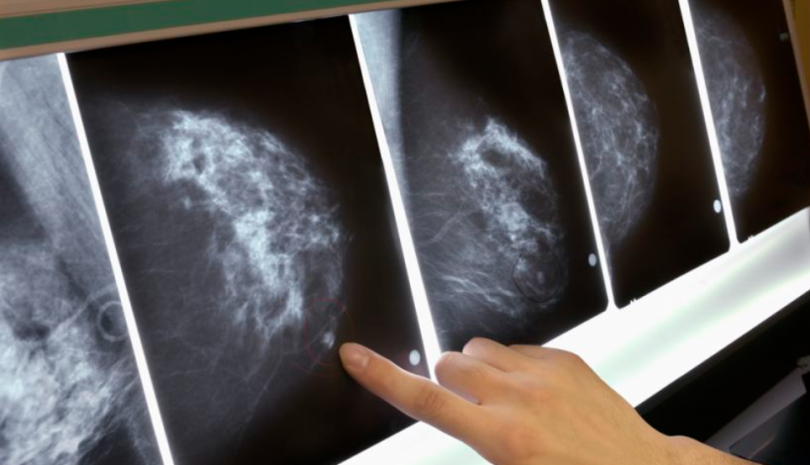
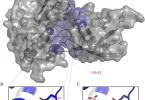

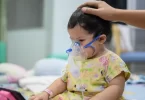
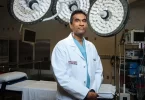
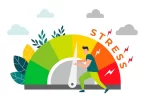

Leave a Comment
You must be logged in to post a comment.